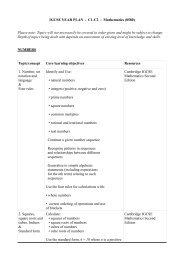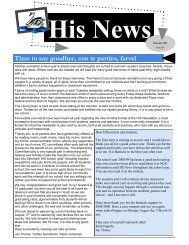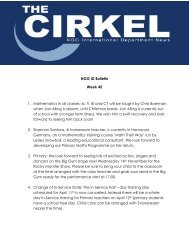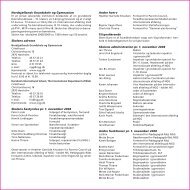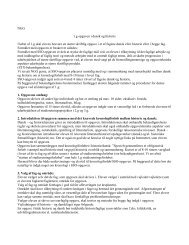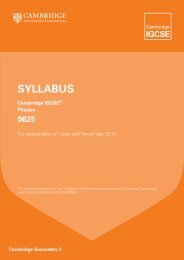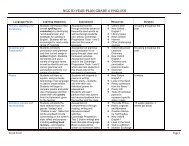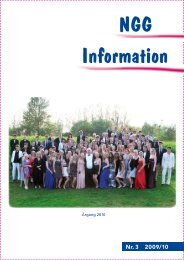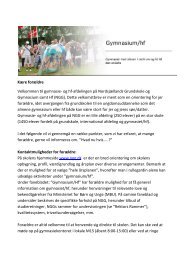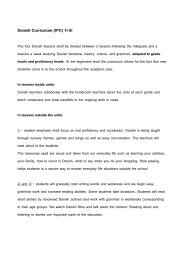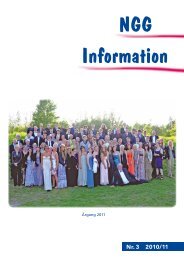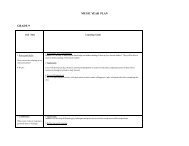Biology
Biology
Biology
Create successful ePaper yourself
Turn your PDF publications into a flip-book with our unique Google optimized e-Paper software.
Syllabus content<br />
5. Syllabus content<br />
The syllabus content below is a guide to the areas on which candidates are assessed.<br />
It is important that, throughout this course, teachers should make candidates aware of the relevance of the<br />
concepts studied to everyday life, and to the natural and man-made worlds.<br />
Specific content has been limited in order to encourage this approach, and to allow flexibility in the design of<br />
teaching programmes.<br />
Cambridge also provides schemes of work, which can be found on the Cambridge Teacher Support<br />
website.<br />
Candidates may follow the Core syllabus only or they may follow the Extended syllabus which includes<br />
both the Core and the Supplement.<br />
Candidates will be expected to give biologically correct definitions of any of the terms printed in italics.<br />
Section I: Characteristics and classification of living organisms<br />
(5% of teaching time)<br />
1. Characteristics of living organisms<br />
Core<br />
• List and describe the characteristics of living organisms<br />
• Define the terms:<br />
• nutrition as taking in of nutrients which are organic<br />
substances and mineral ions, containing raw<br />
materials or energy for growth and tissue repair,<br />
absorbing and assimilating them<br />
• excretion as removal from organisms of toxic<br />
materials, the waste products of metabolism<br />
(chemical reactions in cells including respiration)<br />
and substances in excess of requirements<br />
• respiration as the chemical reactions that break<br />
down nutrient molecules in living cells to release<br />
energy<br />
• sensitivity as the ability to detect or sense changes<br />
in the environment (stimuli) and to make responses<br />
• reproduction as the processes that make more of<br />
the same kind of organism<br />
• growth as a permanent increase in size and dry<br />
mass by an increase in cell number or cell size or<br />
both<br />
• movement as an action by an organism or part of<br />
an organism causing a change of position or place<br />
Cambridge IGCSE <strong>Biology</strong> 0610. Syllabus for examination in 2015.<br />
13



